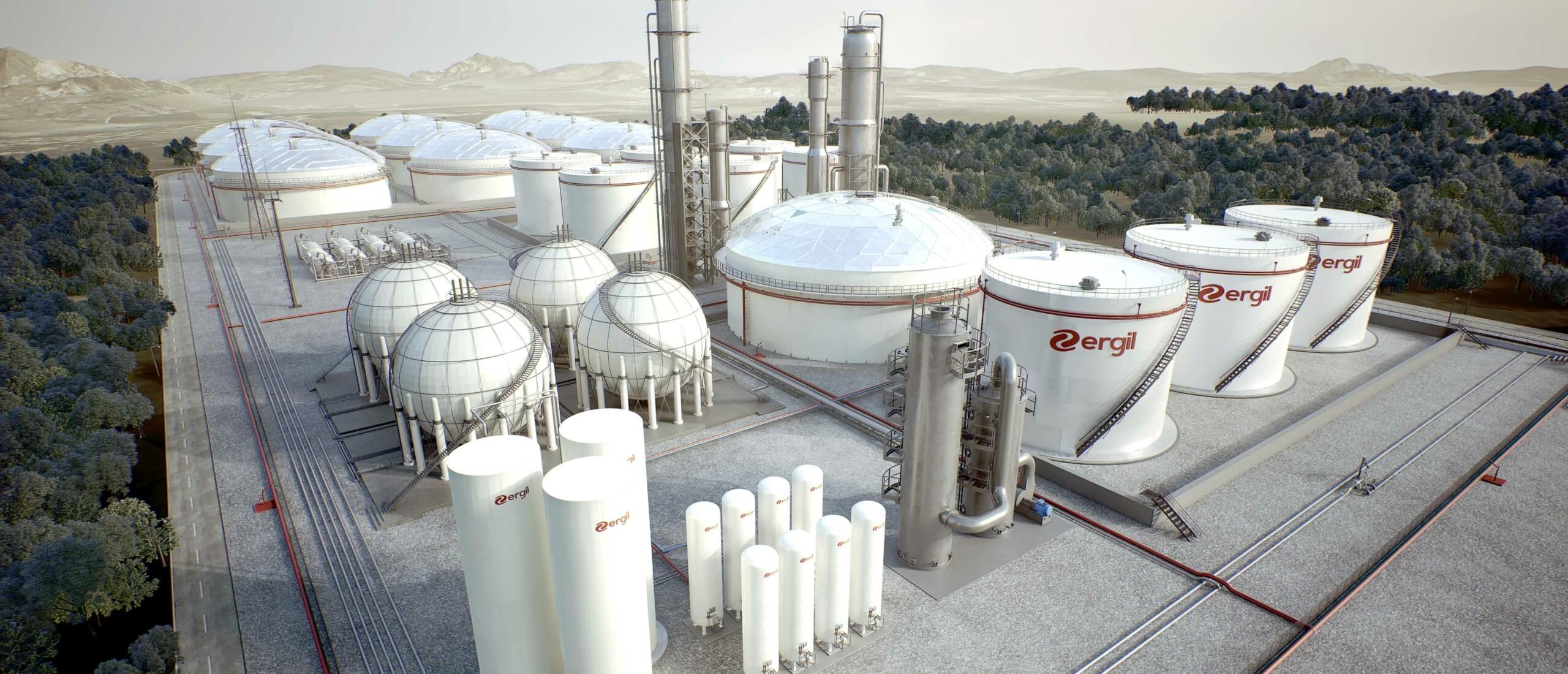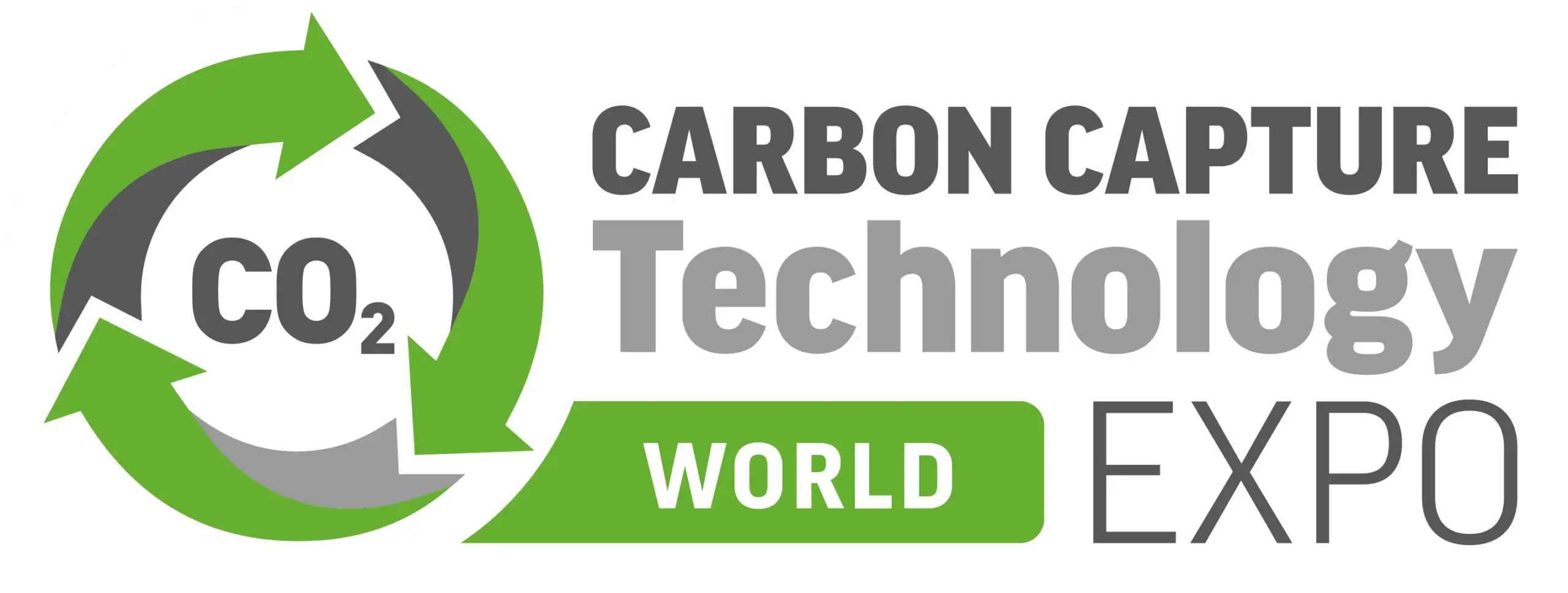
Understanding Biogas Scrubbers
The Key to Purifying Biogas and Maximizing Renewable Energy Potential
Understanding Biogas Composition and the Need for Scrubbing
The biological digestion of organic matter under anaerobic conditions results in the production of biogas, a valuable byproduct that can be used for a variety of applications. The composition of the material and the duration and conditions of biogas production affect the percentage of gases present in the final product. The composition of raw biogas is as follows: 55%–65% CH4, 30%–45% CO2, 0.1%–5% H2S, and traces of water vapor and oxygen. Methane is the primary component of biogas, which is considered a renewable energy source. The combination of hydrogen sulfide and oxygen in the air can result in the formation of sulfuric acid, which in turn reacts with water to cause corrosion. This corrosion and wear can affect a range of equipment, including power generators, pumps, compressors, storage tanks, control valves, connecting pipes, and concrete and steel structures. The presence of hydrogen sulfide in biogas has therefore been linked to adverse environmental and health impacts. Biogas scrubbers provide an effective solution for purifying biogas and enhancing its benefits. This article examines the advantages of biogas scrubbers, focusing on their role in reducing H2S and cleaning biogas for more efficient and environmentally friendly operations.

Benefits of Reducing H2S in Biogas
Syngas derived from clean biogas can be utilized to generate electricity or thermal energy. Its effective deployment in a range of applications, including as a vehicle fuel, is also of significant importance. Cleaning the raw biogas using a scrubber result in a more powerful and versatile energy source with a high methane content that increases combustion efficiency and energy output. The clean biogas can be upgraded to biomethane, a renewable natural gas equivalent that can be injected into the natural gas grid or used as vehicle fuel. Moreover, this upgrade directly translates into improved performance and lower operating costs for biogas facility operators
The removal of H2S from biogas offers a number of advantages, both in terms of operational efficiency and environmental impact, which are important considerations for any biogas plant operating in a commercial environment. The main benefits are as follows:
- Improved equipment will have a longer lifespan. By reducing corrosion caused by H2S, biogas scrubbers significantly extend the lifespan of engines, turbines, and other biogas-utilizing equipment, representing a valuable investment for any company utilizing biogas. This results in reduced maintenance costs and enhanced operational continuity.
- Enhanced energy efficiency: Clean biogas, free from corrosive contaminants, has an enhanced combustion efficiency. This results in higher energy yields and improved performance of biogas-powered systems.
- Environmental Protection: Removing H2S minimizes the release of harmful sulfur compounds into the atmosphere, contributing to better air quality and reducing the environmental footprint of biogas plants. Burning biogas containing hydrogen sulfide (H2S) produces sulfur dioxide (SO2), which causes acid rain.
Functionality of Biogas Scrubbers
Biogas scrubbers operate through various mechanisms, including chemical absorption, physical absorption, and biological processes. Each method has its own advantages and is selected based on the specific needs and scale of the biogas plant.
Chemical Absorption
Chemical scrubbers use a chemical solution, such as iron oxide, sodium hydroxide, or activated carbon, to react with and remove H2S from the biogas. These systems are highly effective and can reduce H2S concentrations to very low levels. However, they require regular replenishment of chemicals and proper handling, making them more suitable for medium to large-scale operations.
Physical Absorption
Physical scrubbers, also known as water scrubbers, rely on the solubility of H2S in water. The biogas is passed through a water column where H2S dissolves, separating it from the methane. This method is relatively simple and cost-effective, making it ideal for smaller biogas plants. However, the efficiency of physical absorption can be limited by the solubility of H2S in water, and the process requires a constant supply of fresh water. H2S combines with water to form sulfuric acid (H2SO4).
Biological Processes
Biological scrubbers utilize microorganisms to oxidize H2S into elemental sulfur or sulfate. This method is environmentally friendly and cost-effective in the long term run, as it eliminates the need for chemical reagents. Biological scrubbers are particularly suitable for large-scale biogas plants with consistent H2S loads. However, they require careful monitoring and control of environmental conditions, such as temperature and pH, to maintain microbial activity.
Applications of Cleaned Biogas
Once the biogas is scrubbed and purified, its applications span across various sectors, contributing to energy sustainability and environmental protection.
Renewable Energy Generation
Clean biogas can be used to generate electricity and heat through combustion in gas engines or turbines. This not only provides a renewable energy source but also helps in reducing greenhouse gas emissions. Biogas-generated electricity can be fed into the grid, supporting the transition to cleaner energy systems.
Vehicle Fuel
After upgrading to biomethane, a purified form of biogas with high methane content, it can be used as a vehicle fuel. Compressed biomethane (CBG) serves as an alternative to conventional fossil fuels, reducing carbon emissions and promoting cleaner transportation.
Industrial Applications
Industries can use clean biogas as a fuel for boilers and furnaces, replacing natural gas or other fossil fuels. This application not only helps in reducing operational costs but also in achieving sustainability goals and reducing the carbon footprint.
Agricultural Benefits
The by-products of biogas scrubbing, such as elemental sulfur, can be utilized in agriculture as fertilizers, enhancing soil fertility and crop yields. This creates a closed-loop system where waste products from one process serve as valuable inputs for another.
Geothermal Energy Plant
Industrial sources where H2S could potentially be found include oil and gas processing sites and geothermal power plants. The geothermal activity results in the production of H2S and other toxic compounds due to the combination of gases (including CO2, SO2, N, H, CO, S, Ar, Cl and F) in magma with hydrogen and water. The alkaline scrubbing process is an effective method for separating H2S from geothermal steam compositions.
The environmental benefits of using biogas scrubbers extend beyond the reduction of H2S and cleaning of biogas. By guaranteeing the purity of biogas, scrubbers play a role in reducing sulfur compound emissions, which are a significant source of air pollution. The cleaner combustion process results in significantly reduced greenhouse gas emissions, which plays an important role in mitigating climate change.
From an economic standpoint, biogas scrubbers offer substantial cost savings by reducing maintenance expenses associated with equipment corrosion and failure. Furthermore, they allow biogas plants to comply with rigorous environmental regulations, preventing potential costs and enhancing the marketability of biogas products.
In this way, it is clear that biogas scrubbers play an indispensable role in the biogas production process. By effectively reducing H2S and cleaning biogas, they ensure that this renewable energy source can be used safely and efficiently across various applications. For environmental engineers, biogas plant operators, and energy sustainability professionals, understanding and implementing biogas scrubbers is crucial for optimizing biogas utility and contributing to a sustainable energy future. With their ability to enhance performance, extend equipment durability, and support environmental goals, biogas scrubbers represent a vital technology in the renewable energy landscape.




